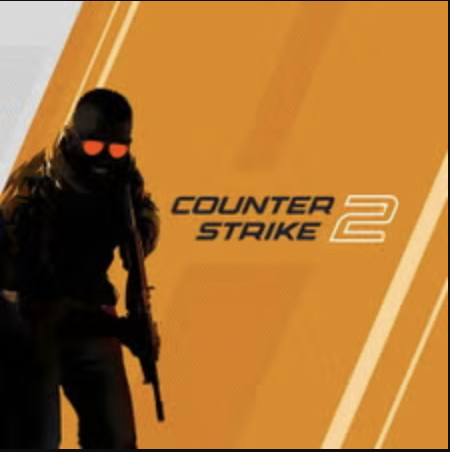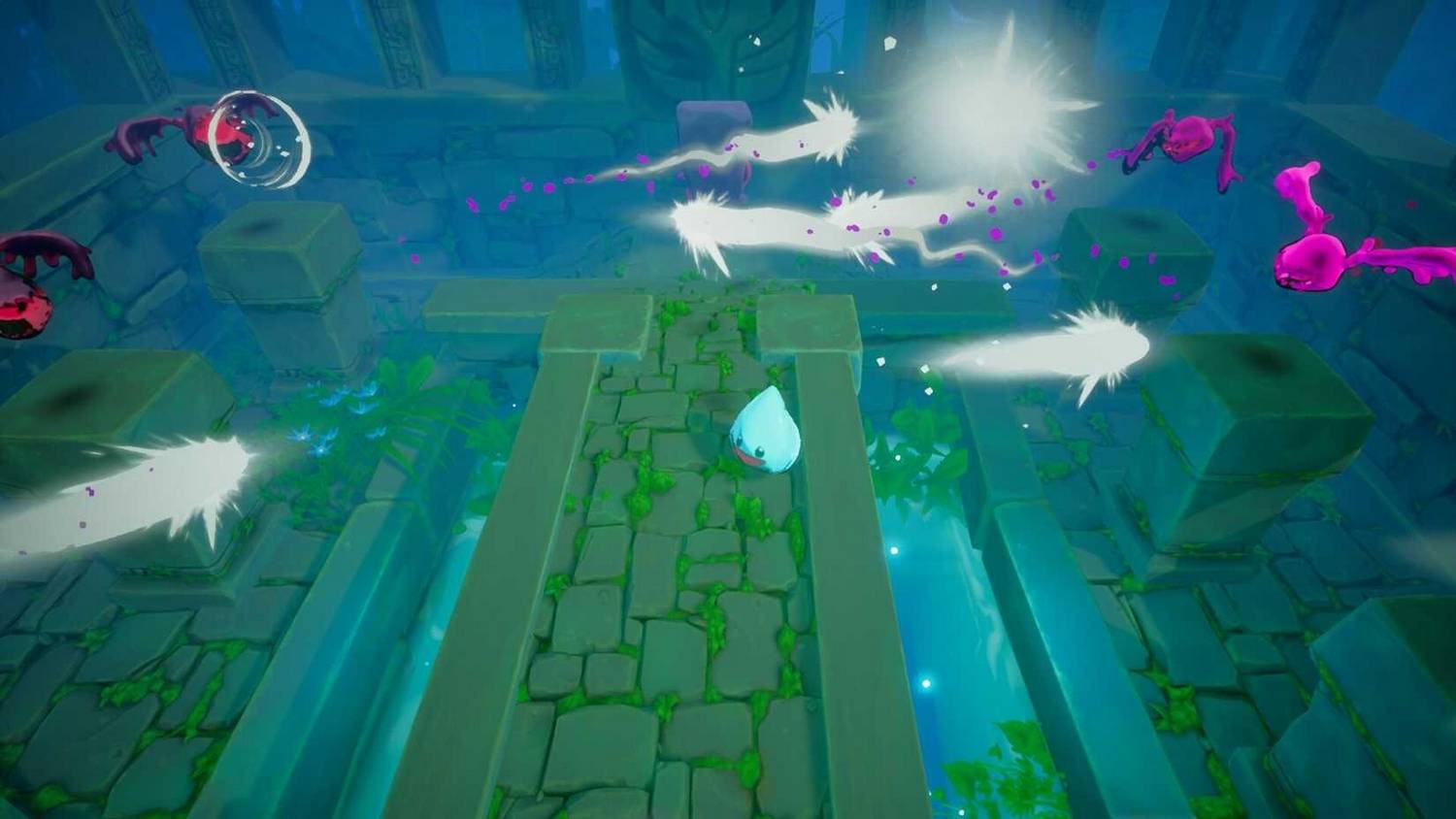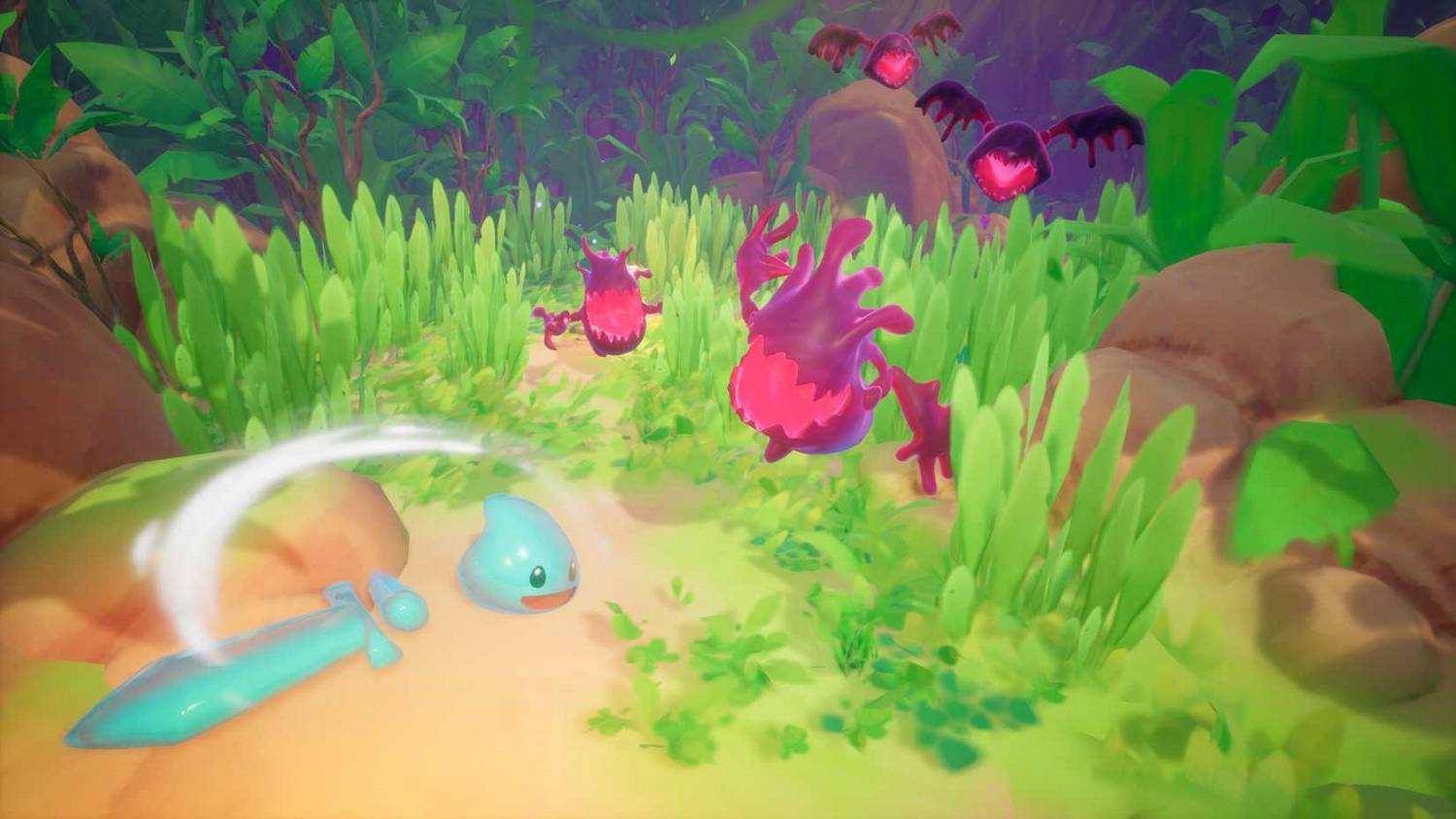Deceptive Aesthetics and Brutal Reality: The Slime Souls-like That Subverts Expectations
Popular Now
 Fall Guys
Fall Guys
 Brawl Stars
Brawl Stars
 God of War Ragnarök
God of War Ragnarök
 Schedule I
Schedule I
 Counter-Strike 2
Counter-Strike 2
 Toca Boca World
Toca Boca World
 League of Legends
League of Legends
 The Legend of Zelda
The Legend of Zelda
 CarX Street
CarX Street
 FIFA 23
FIFA 23 
The gaming world is no stranger to the Soulslike genre. Since the monumental success of FromSoftware’s titles, countless developers have tried their hand at crafting challenging, rewarding, and often punishing experiences. But what happens when a game cloaked in a cute, whimsical aesthetic delivers a level of brutal difficulty that would make even a veteran “Chosen Undead” flinch? This is the central, shocking premise of the recently released Slime Heroes, a game that at first glance appears to be a lighthearted, “approachable” alternative to the grim fantasy of Dark Souls. But as players are quickly discovering, beneath the charming, gooey exterior lies a deeply unforgiving and complex action RPG that is anything but a casual romp.
 The False Promise of Cuteness
The False Promise of Cuteness
From the moment you load into Slime Heroes, the art style is a jarring, yet welcome, departure from the norm. The world is bright, colorful, and teeming with an almost cartoonish cast of characters. You play as a bouncy, expressive slime, and your enemies are not grotesque abominations, but rather a host of adorable, albeit corrupted, creatures. The vibrant, cel-shaded graphics and upbeat soundtrack create an immediate sense of comfort and joy. This is precisely where the game’s brilliance—and its deception—lies. Players are lured in by the promise of a “wholesome” experience, a term used in early marketing materials, only to be met with a combat system and world design that is anything but forgiving. The initial impression is that this is a “souls-lite” experience, a perfect gateway for newcomers. The reality is far from it.
The game’s combat system is a masterclass in subtlety and punishing precision. Enemies, despite their charming looks, hit with incredible force and boast a wide array of devastating moves. The standard dodge-and-attack loop of the genre is present, but it’s executed with a level of speed and finesse that demands absolute focus. Boss fights, in particular, are monumental struggles. One particularly notorious encounter with a giant, corrupted jelly bean has become a popular topic on social media, with players documenting their countless failures and moments of triumphant victory. The game’s difficulty is not a gimmick; it is an intrinsic part of its design, and it refuses to pull its punches, regardless of its visual presentation. It’s a game that respects the player’s intelligence by not dumbing down its mechanics for the sake of its cute aesthetic.
High-Value Content and a Thriving Community
The deceptive difficulty of Slime Heroes has inadvertently created a powerful, engaged community. The game has become a viral sensation, with streamers and content creators flocking to it to showcase its unexpected challenge. The very dissonance between its aesthetic and its gameplay is a high-value piece of content for platforms like YouTube and Twitch, driving massive organic reach. The “I can’t believe this cute game is so hard” narrative is a highly effective marketing tool, and it has led to a flood of new players eager to test their mettle against the seemingly innocent slimes and bosses. This has also spurred a wave of community-driven guides, wikis, and forums, where players share strategies, build recommendations, and commiserate over their shared struggles.
The game’s developers, Pancake Games, have leaned into this, releasing regular updates with new, equally deceptive bosses and environments. They are nurturing this grassroots community and have found a massive audience that appreciates the game’s unyielding difficulty and rewarding gameplay loop. It’s a powerful lesson in game design and marketing: you don’t need to be a AAA studio with a massive budget to create a successful, viral Soulslike. All you need is a fresh, innovative idea—and a willingness to betray expectations in the most rewarding way possible. Slime Heroes is a testament to this, a slimy, adorable, and utterly ruthless game that has cemented its place as a standout title in the increasingly crowded genre.









 The False Promise of Cuteness
The False Promise of Cuteness